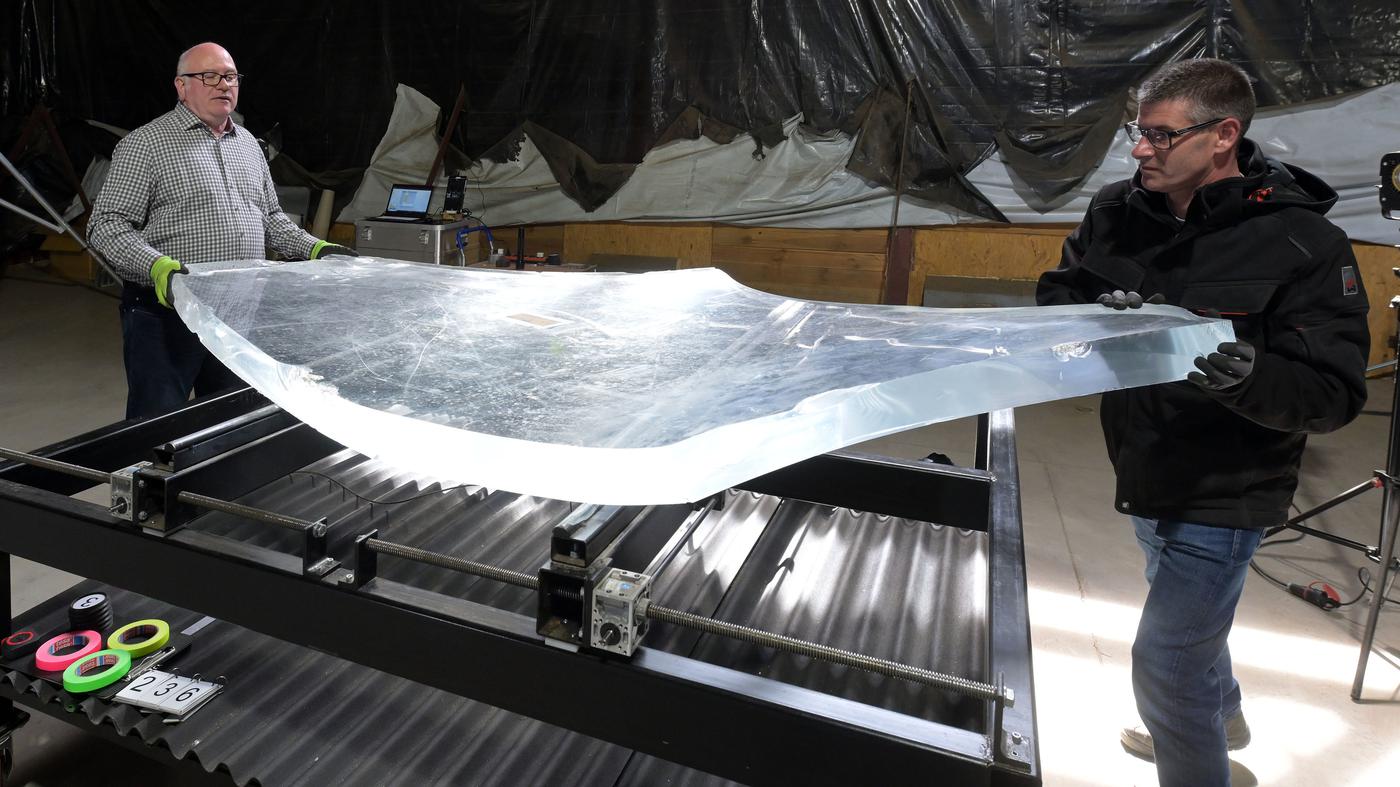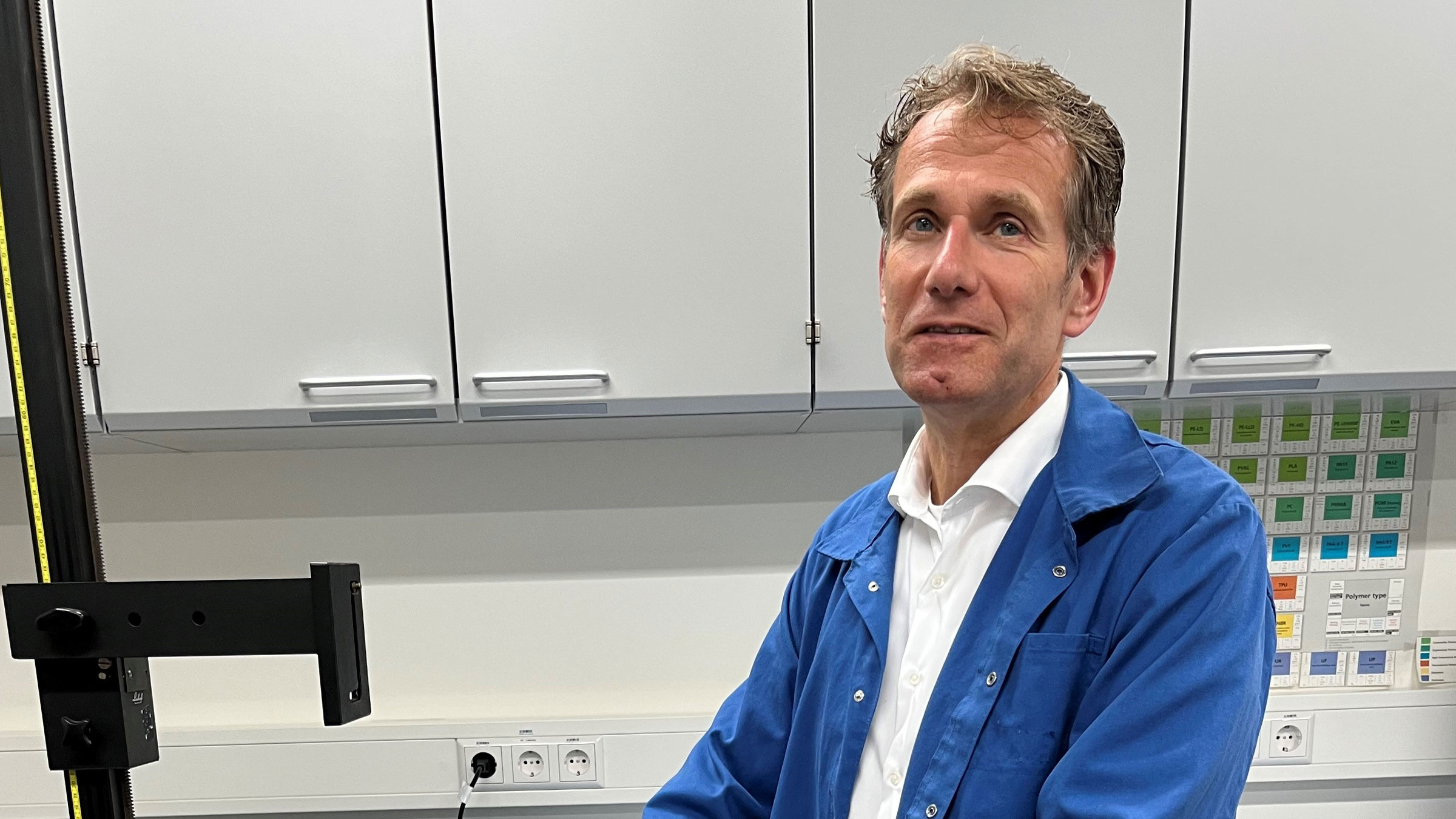PARAGUAY
Member
Acrylic is a incredibly strong material ,so l guess the actual weight with water was on a poor foundation, examples of poor foundations show you cannot cut corners with them. It's a guess

Acrylic is a incredibly strong material ,so l guess the actual weight with water was on a poor foundation, examples of poor foundations show you cannot cut corners with them. It's a guess


But not quite thick enough. 🙂It's only in photos like this that you can appreciate just how thick the acrylic was!
Clearly!But not quite thick enough. 🙂

I wonder how much the report cost?

It seems that these high-profile aquarium accidents have been quite dramatic and, in some cases, dangerous. It is amazing how such massive structures, designed to hold tons of water and marine life, can fail so suddenly and with such force.Just doing a little digging around and it seems this isn't the first high profile acrylic aquarium to fail. Admittedly this failure appears to be on another level.
"Orient Shopping Center, Shanghai: This aquarium failed two years after installation, injuring 15 people and killing several sharks and turtles. The tank was constructed with 15-cm (5.9-in.) thick acrylic panels to hold 33 tons of water. The tank failed catastrophically without warning on Dec. 27, 2012.
Gulfstream Casino, Hallandale Beach, FL: The14-ft-diameter x 14-ft-high cylindrical aquarium opened at a fabricated (bonded) seam. Another example of why it is better to play on a gambling site than to visit a land-based casino. The acrylic panels were 3 in. thick. A seam opened, instantaneously releasing thousands of gallons of water. After the event occurred, a quick-thinking maintenance person stuffed the crack with cloth napkins saving all the aquatic life, except for one shark. This failure was the result of poor bonding of a vertical seam during manufacturing. Over time, this seam opened slightly by crazing, creating a stress concentration, which led to the catastrophic event.
Dubai Mall (World’s Largest) Aquarium: Home to more than 33,000 fish, including 400 sharks and stingrays, the aquarium formed a crack on Feb. 25, 2010. The 2.5-million-gallon aquarium contains the world's largest single piece of acrylic, measuring 2.5 ft in thickness. A crack formed at an interior viewing tunnel, resulting in a significant amount of water loss. The crack was quickly repaired and there was no loss of aquatic life.
Mazatlan, Mexico: A large crack formed instantaneously in a 3-in.-thick curved overhead viewing panel on Feb. 3, 2017, shortly after the aquarium had closed for the day. The 1.2-million-gallon aquarium housed 13 large sharks at the time of the failure. The crack released over three quarters of the water in the aquarium, allowing for the safe removal of the sharks. This crack initiated at a large gouge mark at the exterior of the tank.
T-Rex, Walt Disney World, Orlando, FL: On March 17, 2014, just as dinner was being served at the T-Rex restaurant at Walt Disney World, a vertical bonded seam opened instantaneously in a large cylindrical aquarium. The aquarium was located adjacent to dining tables resulting in a number of people becoming drenched. The opening was approximately three feet long, giving employees time to transfer fish to other aquariums located on the grounds. "
Above quoted text taken from here:

When acrylic aquariums fail
The outstanding properties of PMMA have enabled the construction of massive aquariums, which have become some of the most popular attractions in the world. To pwww.plasticstoday.com
